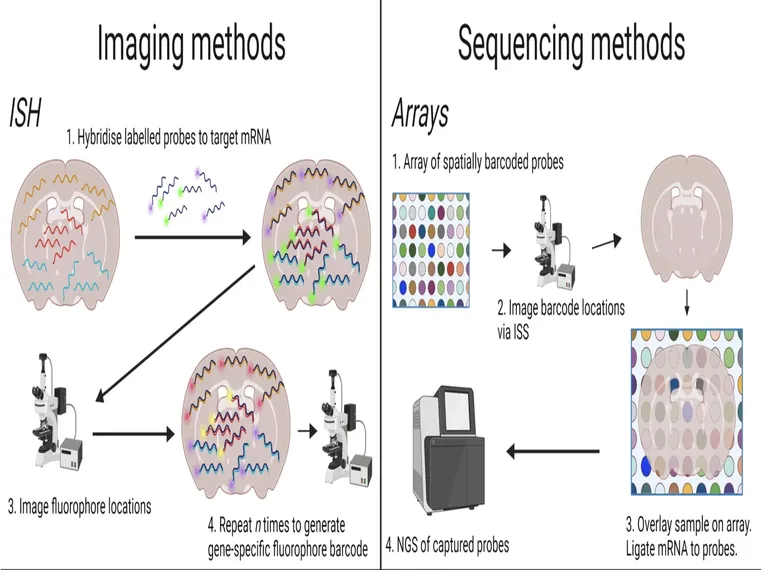Link to article
Citation
Swan, S. H. (2008). Environmental phthalate exposure in relation to reproductive outcomes and other health endpoints in humans. Environmental Research, 108(2), 177-184. https://doi.org/10.1016/j.envres.2008.08.007
Abstract
After briefly discussing human exposure to phthalates—diesters of 1,2-benzenedicarboxylic acid (phthalic acid)—this article first presents recent findings from the Study for Future Families, a multi-center pregnancy study in which the human analogue of the phthalate syndrome was first identified. This is one of an increasing number of studies that have investigated human endpoints in relation to environmental exposure to these ubiquitous compounds. This literature, which includes a range of human health endpoints following prenatal, neonatal, childhood, and adult exposures, is then summarized. At least one significant association has been reported for urinary metabolites of di-n-butyl phthalate (DBP), butylbenzyl phthalate (BzBP), diethyl phthlate (DEP), and di-isononyl phthalate (DINP) and for three of the urinary metabolites of di(2-ethylhexyl) phthalate (DEHP). Many of the findings reported in humans—most of which have been in males—are consistent with the anti-androgenic action that has been demonstrated for several phthalates. Replication of the results described here and further mechanistic studies are needed to strengthen links between phthalates and adverse health outcomes.




